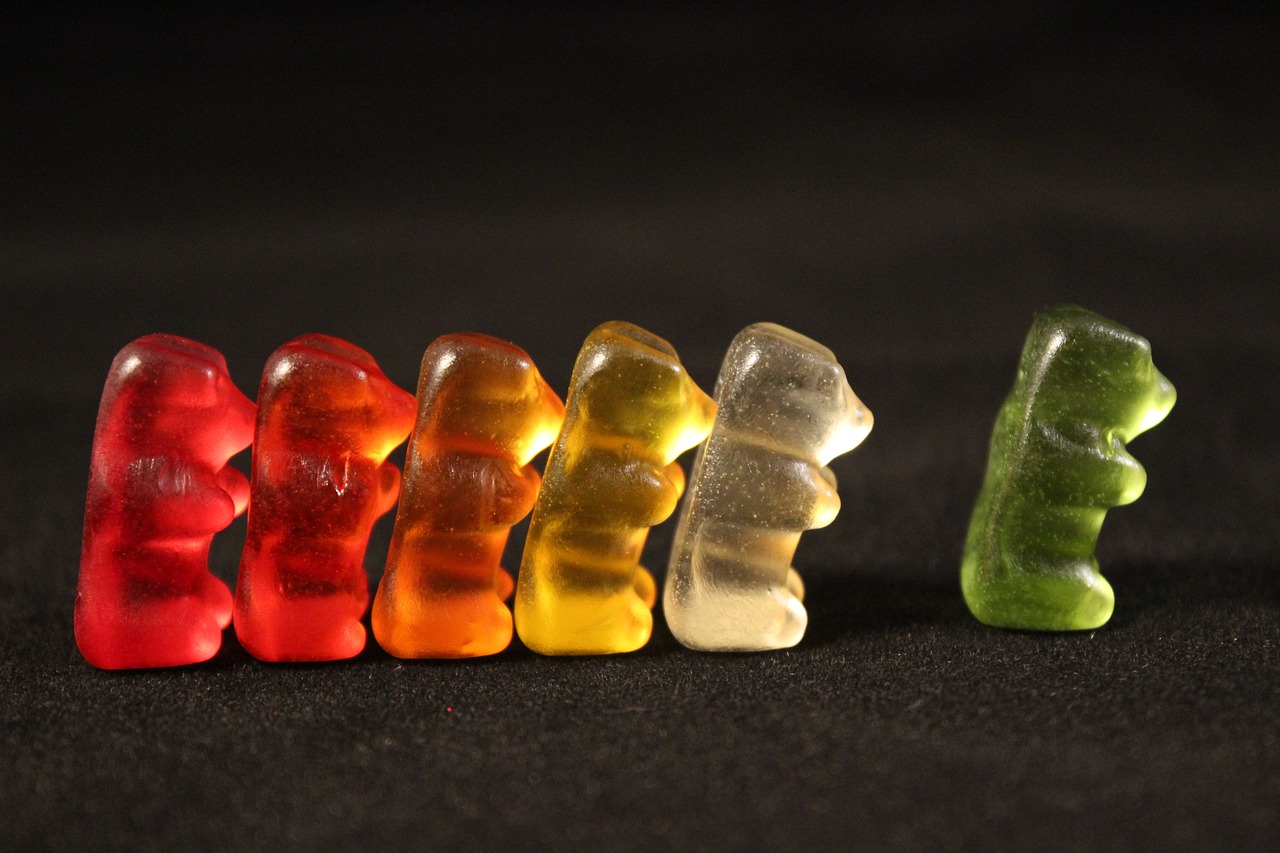
How to Microdose Marijuana – The Fresh Toast
Microdosing is a new trend covered by everyone from The New York Times to Rolling Stone. While more research needs to be done, it appears to be beneficial. While psychedelics started the trend, marijuana is now part of the trend. A relaxed yet concentrated high is possible with cannabis. Consuming cannabis in smaller doses can help you avoid certain side effects such as paranoia, anxiety, or severe psychoactivity. Small doses of cannabis can provide a subtle but profound form of healing and relief. This is not an answer to major problems like chronic pain, but rather to manageable problems like mild anxiety.
Knowledge is power and it is important to understand why you need help with a problem. Of course, knowing how to microdose marijuana and why is important, and we have some guidelines.
Photo by Brodie Vissers via Burst
Cannabis and your body's physiological processes
Cannabis is a complex plant with over 400 chemical compounds, 60 of which are cannabinoids. Recreational use of cannabis can cause effects such as drowsiness, increased appetite, feelings of relaxation, and decreased blood pressure. While these effects may be mild and temporary, the feeling of a high (the subperceptual effect) may prove unpleasant or inappropriate for those who merely wish to receive medical benefits.
RELATED: Science Says Medical Marijuana Improves Quality of Life
CBD (cannabidiol) is a non-psychoactive compound, while delta-9-tetrahydrocannabidinol (THC) is the main psychoactive ingredient in cannabis. In states where medical cannabis consumption is legal, several small shops have sprung up selling all kinds of CBD products, from oils and tinctures to infused water. CBD and THC both have the same molecular structure and are chemically similar to the body's endocannabinoids; However, the arrangement of these atoms varies, which allows them to interact differently with your body's cannabinoid receptors. Since CBD is non-psychoactive and doesn't have as many side effects, microdosing with CBD and other cannabinoids other than THC is not necessary.
Medical conditions supported by microdosing
The effects of medical cannabis are still being intensively researched. It is currently used to treat mental illnesses such as depression, anxiety and post-traumatic stress disorder, as well as physical symptoms such as intestinal pain, migraines and PMS. Although there are medications available to treat these conditions, they are often not without unpleasant side effects. For example, while treatment options for depression and anxiety have improved dramatically over the last decade, medication and counseling are not equally effective for everyone. In fact, antidepressants have been shown to be only 40-60% effective in relieving symptoms, according to the NCBI. For some patients, a more holistic approach may be required.

THC microdosing methodology
If the thought of medical benefits without the overwhelming psychoactive effects of THC seems appealing to you, then microdosing might be right for you. In general, there are several ways to consume THC: smoking, vaping (flower or oil), edibles, and dabs.
RELATED: Sorry, but science doesn't support microdosing psychedelics
When smoking, inhale for no longer than two seconds and exhale immediately without holding it in your lungs. Wait about ten minutes before consuming more. Once you have reached the desired state, stop consuming.
- When vaping flower or oil, set the vape pen or other device to a low heat setting, inhale for two seconds, and exhale immediately. Wait about ten minutes before inhaling again. Once you have reached your desired destination, stop inhaling.
- Gummy candies are very popular and are used by about 49% of consumers. Microdosing edibles can be difficult, but if they prove to be a more convenient option, you can make your own by starting with 2.5 mg of THC. Even if you don't feel anything, wait at least twenty-four hours before trying again. You can increase or decrease the dose by 1 mg as needed.
- Finally, dabs are not recommended for inexperienced users because microdosing is difficult. If inexperienced consumers intend to use dabs, someone with more experience should assist them in the process.
You may need to experiment with different methods to find which is right for you. If any of these methods produce an unintended effect or you are concerned that you have accidentally consumed too much, simply reduce the amount until you find a happy medium.

Post a comment: